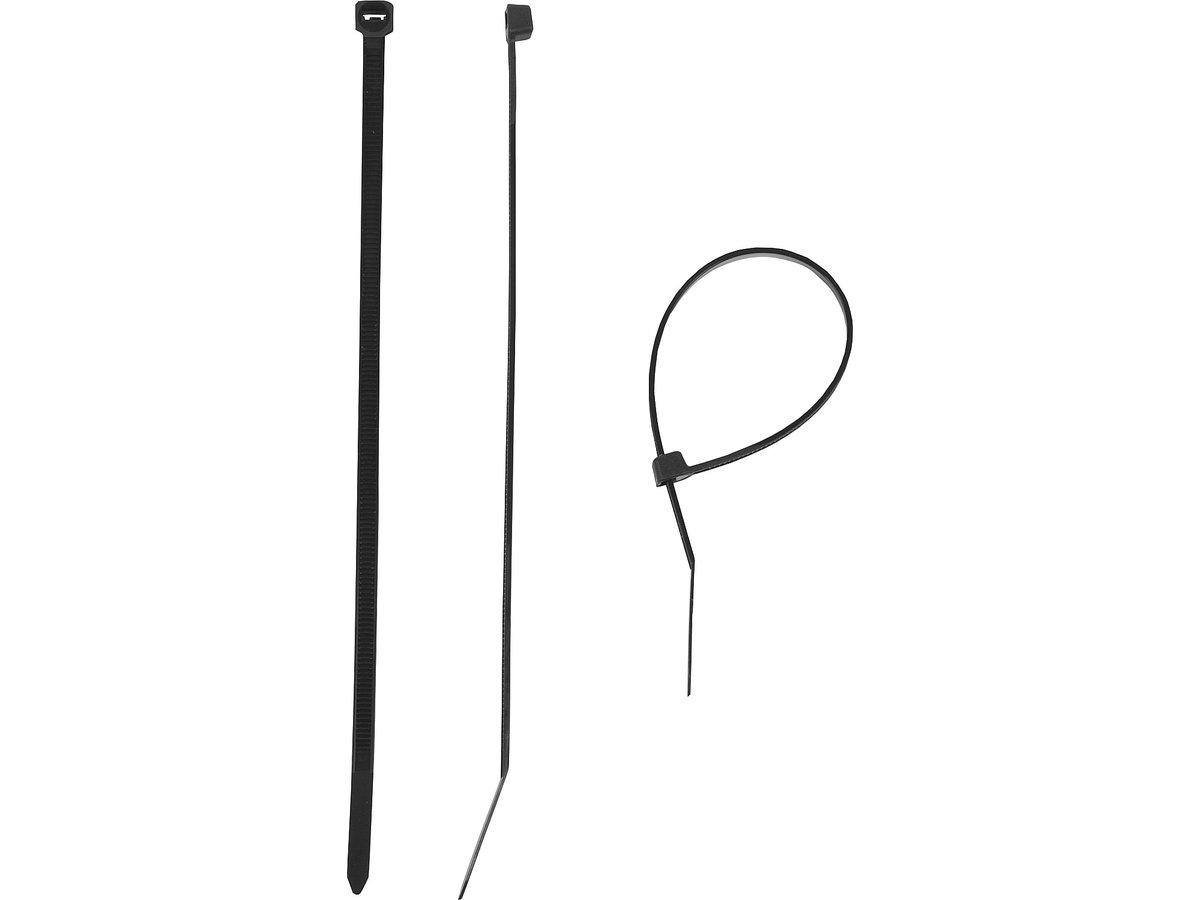No matter what you own, from late model driver to collectible traditional, we now have the reflectors and lenses that may restore performance and look at an affordable value. Our choice contains reflectors and lenses for all popular late-model vehicles, made to actual unique equipment specifications. This implies you possibly can count on simple fitment and flawless look. Our reflectors and lenses for traditional cars are all crafted by manufacturers specializing in making reproduction products for vehicle restoration. These are authentic recreations of the unique manufacturing facility part, so you possibly can expect precise fitment and a present-profitable look. In addition to individual reflectors, we additionally provide complete sets so you may get all the reflectors for your automobile with one half quantity.
– Should use DOT C2 reflective tape
– Red and white striped for back and bottom sides of trailers
– Silver or white for upper rear of trailers
– Should cover at the very least 50% of total facet length
– Have to be along complete bottom of the back
– Should be on your entire lower rear bar
– Must have inverted L 12 inches lengthy on higher rear of trailers
Why the DOT reflective tape necessities for trucks exist and how it saves lives by preventing accidents

Loading dock reflectors safely guide trucks into your dock, helping truckers keep away from collisions together with your constructing or dock. This will provide help to avoid damage to trailers, your walls, dock, or dock equipment, as well as potential accidents. They mirror sunlight or brake lights to assist drivers see the dock edge higher, even in low visibility conditions. They do not require electrical energy, nor any bulbs to burn out like dock information lights. Your protected loading dock will get safer and simpler to maneuver, Катафоты красные для грузовых машин and set up takes solely a few minutes.
The 1957 Ford bore the imprints of several designers, none of whom will be absolutely credited for it. Boyer, for example, was heavily involved all through this system, but Frank Hershey did much of the early drawing board work, assisted by Damon Woods. Later, Bob McGuire took overall cost, with L. David Ash, Chuck Mashigan, and A.J. Middlestead lending a hand. Of course, Ford styling chief George Walker had the last word — aside from company president Henry Ford II.
The rejoicing over Ford’s 1957 styling successes didn’t last long. For 1958, Ford garnished its smorgasbord with a heavy facelift and a new Fordor Ranch Wagon, then watched production slide to 987,945 items for the mannequin year, including some 40,000 examples of the trendy new four-seat Thunderbird. The main downside, of course, was the national economic recession that severely depressed gross sales trade-wide, but it is the styling that will get most of the blame to at the present time.